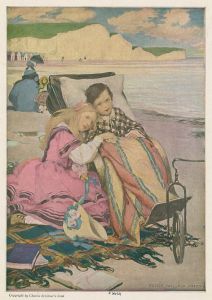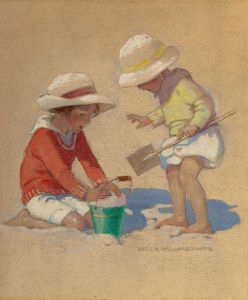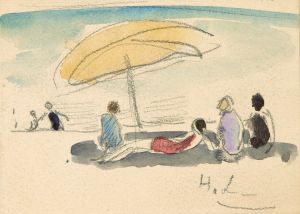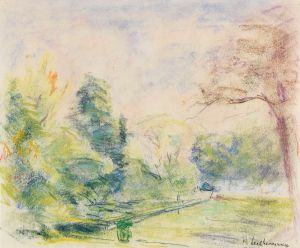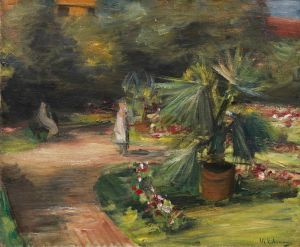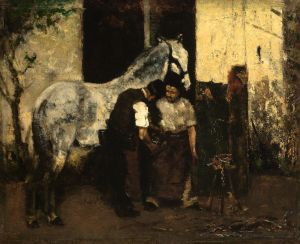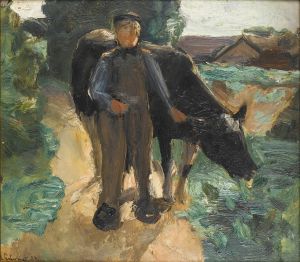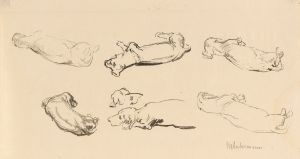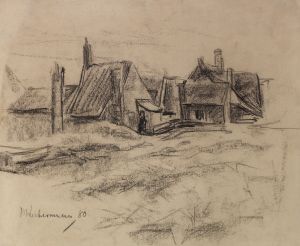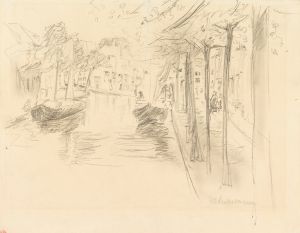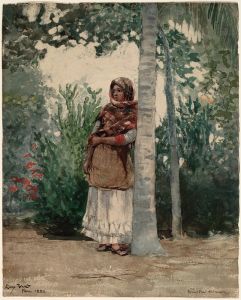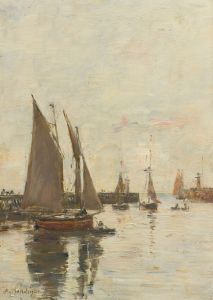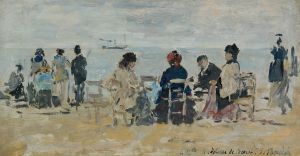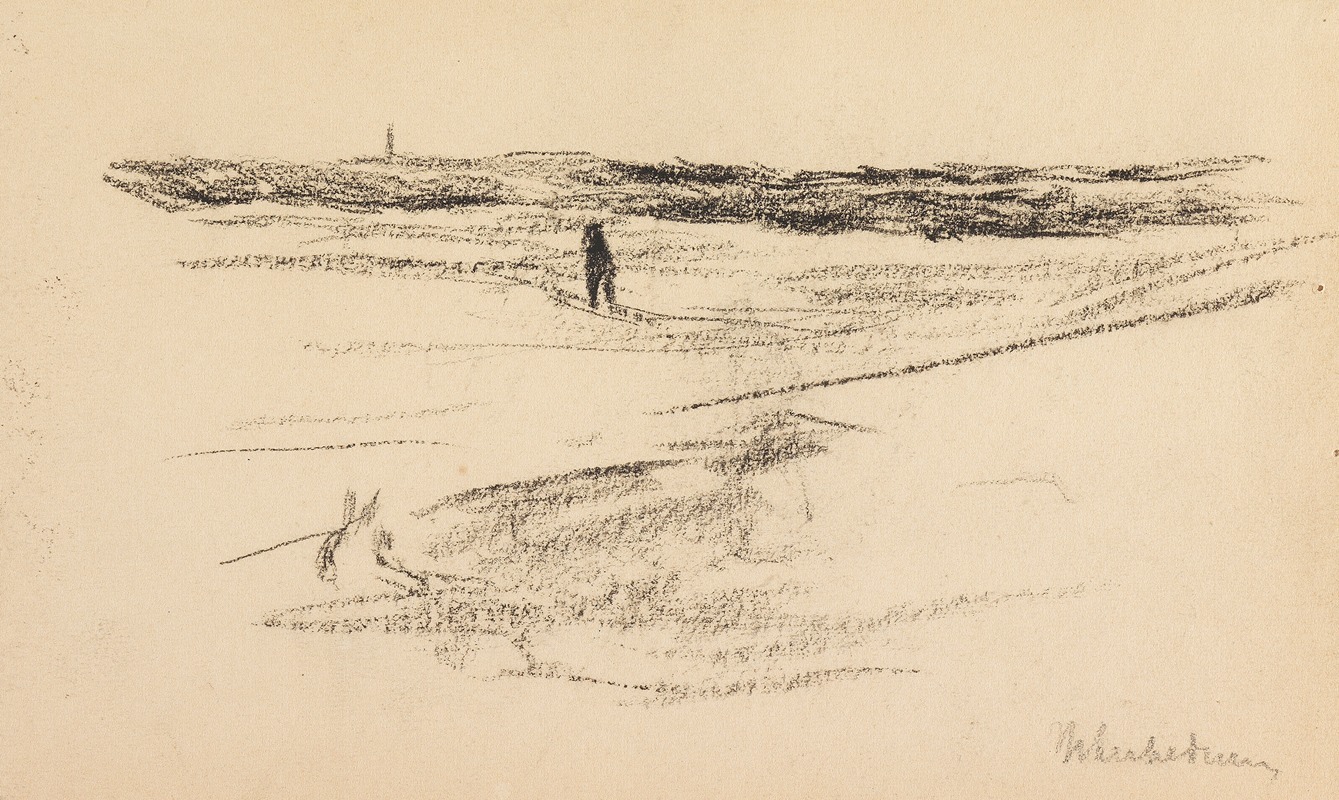
In den Dünen
A hand-painted replica of Max Liebermann’s masterpiece In den Dünen, meticulously crafted by professional artists to capture the true essence of the original. Each piece is created with museum-quality canvas and rare mineral pigments, carefully painted by experienced artists with delicate brushstrokes and rich, layered colors to perfectly recreate the texture of the original artwork. Unlike machine-printed reproductions, this hand-painted version brings the painting to life, infused with the artist’s emotions and skill in every stroke. Whether for personal collection or home decoration, it instantly elevates the artistic atmosphere of any space.
Max Liebermann's painting In den Dünen (translated as In the Dunes) is a work by the renowned German painter and printmaker Max Liebermann (1847–1935), who is widely recognized as a leading figure in the German Impressionist movement. Liebermann is celebrated for his depictions of everyday life, landscapes, and scenes of leisure, often characterized by loose brushwork and a focus on light and atmosphere.
In den Dünen is one of Liebermann's many works that reflect his fascination with coastal landscapes, particularly those of the Netherlands, where he spent significant time during his career. Liebermann frequently visited the Dutch seaside, especially the area around Scheveningen, and drew inspiration from its natural beauty and the simple, unpretentious lives of its inhabitants. The painting likely depicts a scene of sand dunes near the coast, a subject Liebermann returned to repeatedly in his oeuvre.
The composition of In den Dünen exemplifies Liebermann's Impressionist style, with its emphasis on capturing the transient effects of light and the natural environment. His use of earthy tones and soft, diffused light conveys a sense of tranquility and harmony with nature. The painting may include figures, as Liebermann often incorporated people into his landscapes to emphasize the connection between humans and their surroundings, though specific details about the figures or activities depicted in this particular work are not widely documented.
Liebermann's works, including In den Dünen, were highly regarded during his lifetime, and he played a significant role in the development of modern art in Germany. He was a prominent member of the Berlin Secession, an art movement that sought to break away from academic traditions and promote progressive artistic styles. However, his career faced challenges during the rise of the Nazi regime, as his Jewish heritage made him a target of persecution.
Today, In den Dünen is appreciated as part of Liebermann's broader body of work, which continues to be celebrated for its contribution to Impressionism and its portrayal of everyday life and natural landscapes. The painting is held in a private collection or museum, though its exact location and provenance may not be widely publicized. Liebermann's legacy endures through his art, which remains a testament to his skill and vision as one of Germany's most influential painters.





